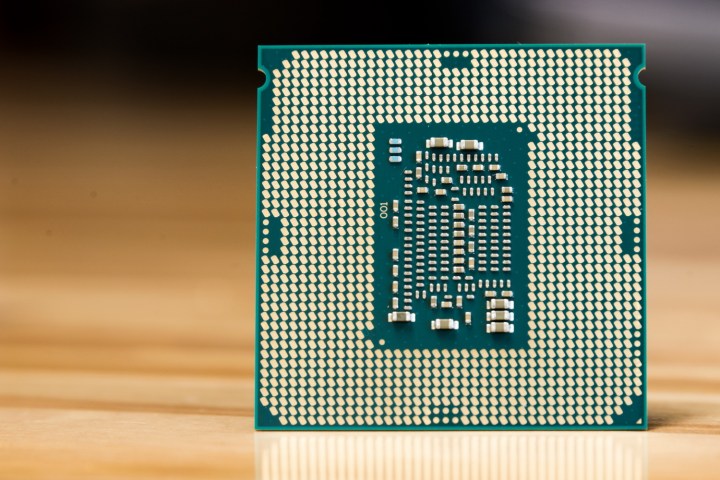
Intel has had a bit of a touchy 2017 thanks to increased competition by its longtime second fiddle, AMD. The Ryzen CPUs that debuted earlier this year and the Threadripper follow-ups really nipped at the heels of the chip giant in a number of ways, so Intel’s next-generation chips will need to bring the fight back to AMD if it doesn’t want to see a chunk of its traditional audience jump ship to the first real competition its had in years.
That generation is set to release at some point in the second-half of 2017, and this could well be our first look at it. Spotted by WCCFTech, the chip has a clock speed of 3.19GHz — though that may be without a boost frequency. It also sports 1.5MB of level-two cache and 12MB of level-three cache.
Of some surprise is the listing of the 1151 LGA socket, which would suggest a 200 series motherboard. Coffeelake chips are rumored to only be compatible with the upcoming 300 series chipset. WCCFTech suggests this could be an example of a specialized 200 series motherboard, enabled to work with the new CPUs. However, since the chip is listed as from the Kaby Lake generation, it’s also possible that this is a placeholder classification for the Geekbench benchmark prior to being updated with support for the as-yet-unreleased hardware.
Although we don’t have much other information about the system that was used in this test, we know it had 64GB of memory and was running Windows 10 Pro.
Although we should take all stats and information about this hardware with a pinch of salt for now, preliminary comparisons with AMD Ryzen hardware suggests that this chip would perform comparably to a Ryzen 5 1600X.
While that isn’t exactly groundbreaking, the Intel eighth-generation CPUs are expected to be clocked higher and overclock further when eventually released. They should provide a solid middle ground for those wanting additional multi-core support, though it will be interesting to see how such consumer released hardware fares against AMD’s latest crop of processors.



